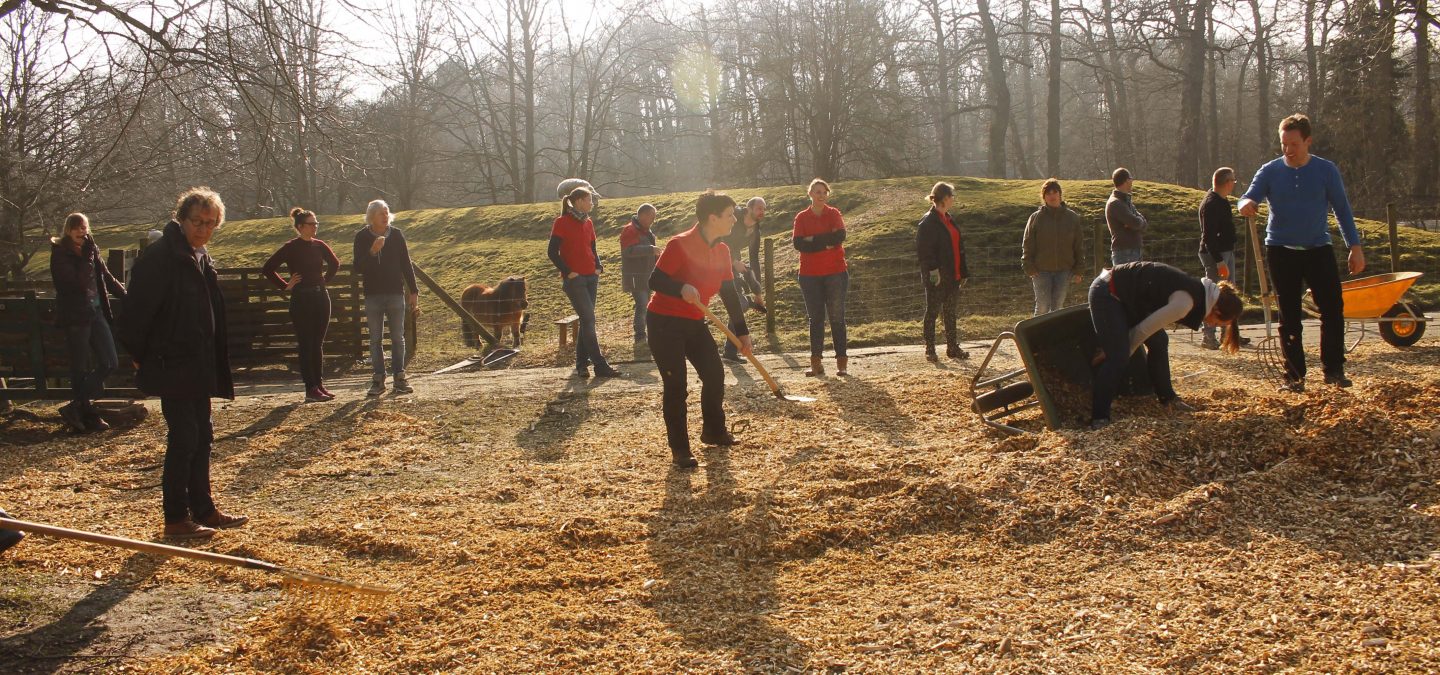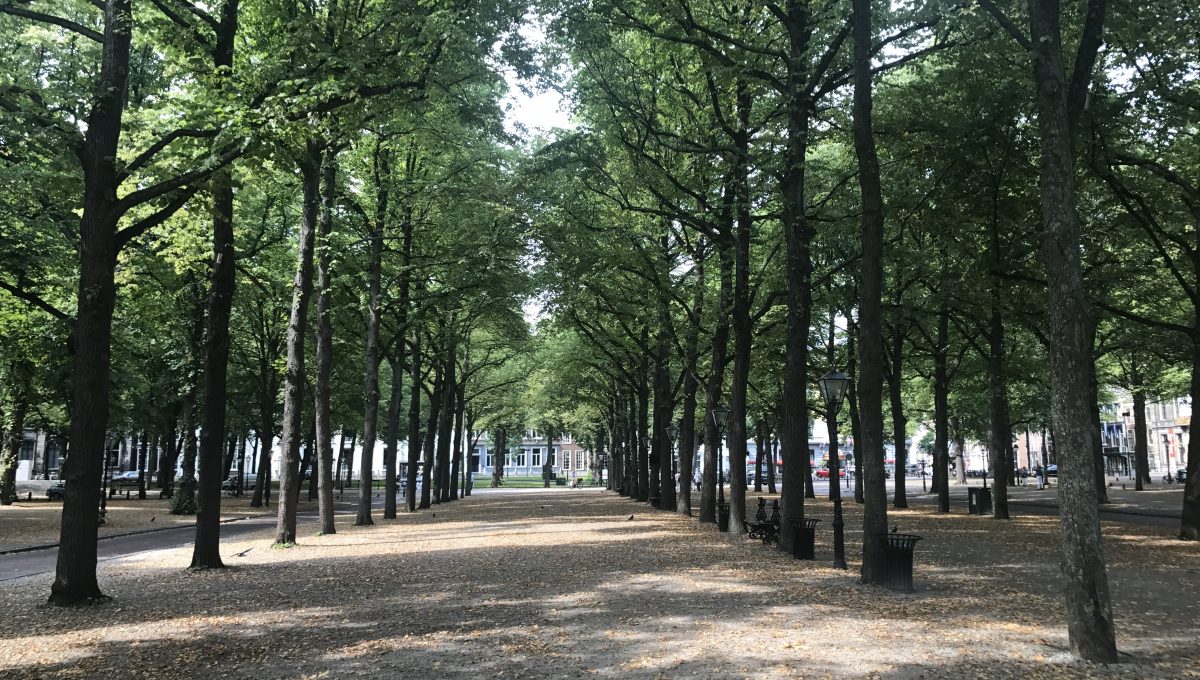
Keep up with our latest news and projects!

Chief government architect Floris Alkemade provides advice – solicited or unsolicited – about the architecture and urban environment of state property. He was trained as an architect and has a wealth of experience here and abroad. Our conversation with him is about the dynamics of public space, new opportunities that have arisen as a result of the demise of shopping streets and the question of whether it’s really necessary for it to be so lively everywhere in our Dutch cities.
‘Public space is in constant flux. Right now, the survival of many shopping spaces is under threat. That begs the question of how to design inner city public space without all of these shops. It’s tricky, but it also opens up new possibilities. I view this continuous focus on shopping as the dominant activity as an impoverishment of what public space could be. It’s not per se a bad culture, but the major risk is that public space will be designed solely with consumption in mind, and that’s what will cause this widespread impoverishment. Another intriguing thing about our generation is this almost obsessive need for conviviality. It has to “lively” everywhere: busy, but not too busy either. Why actually? To what extent is that a realistic expectation? You can also have beautiful spaces with a certain tranquillity, where nothing is being sold.’
‘Look at urban spaces, at well-functioning squares. Look at the size, the programming and particularly at the boundaries, the walls around the square. Good proportions in public space are often decisive factors. Lange Voorhout in The Hague illustrates this well. It’s one of the most beautiful urban spaces that I know. There are roads running through it, cars are parked there and there are very few shops or public programmes. But the space, the proportions, they simply work. It’s a space where you’re happy to spend more time than you had anticipated. One of the decisive factors is that the promenade, the act of walking, is the main focus. The main route is in the middle.’
 Lange Voorhout
Lange Voorhout
‘I just got back from China. The density of the new cities is huge there, as a result of which there are a lot of people walking on the street and so many more amenities too. That’s an enormous impetus for public life. Low density is typically Dutch. How can you liven up public space without density, without this pressure? I do have hope because I’ve noticed that more and more attention is being devoted to how public space is designed in the Netherlands. There is a great deal of appreciation for the intelligence embedded in the old structures and an awareness of the importance of the inner city. But at the same time this structure is also vulnerable. Two or three apathetic projects is all it takes to ruin magnificent streets. Not everyone is aware of this vulnerability. I’ve been to many American cities. When you get out of your car there, you sometimes have no idea how to experience the city as a pedestrian any more: you simply can’t walk to anything. Everything is oriented towards the car. It’s always a relief to walk down the street in the Netherlands again and realise how generous and self-evident the public space has been designed here.’
‘Suddenly there are many vacant shops in medium-sized cities, especially in the provincial cities. That gives the impression of decline and bankruptcy, which is hard to swallow. Every change is difficult, but the collapse of all of these shops is an extremely fundamental change that really requires the input of municipalities’ design strength. Indeed, the new environmental and planning vision asks municipalities to describe environmental qualities. That’s also important for developers. The primary concern for them is concrete projects and making a profit, but they’re often highly capable of investing more if they know that they’re operating in a context with clear future value. It’s the responsibility of lower levels of government to create a clear picture of where they’re going. I hope that municipalities will be able to use their design strength in the right way. Many cities don’t have an urban planning service of any importance anymore. There’s a danger that some cities start to lose their grip, but that can be overcome by involving good designers in the development of environmental and planning visions.’
‘It’s exciting to see how the most impossible places can still start a new life. Wibautstraat in Amsterdam has improved immensely following renovations, particularly the Volkshotel. Your main thought there in the past was ‘how do I get out of here as quickly as possible?’ Strijp-S in Eindhoven is another interesting area where all kinds of little companies are popping up. It’s precisely that kind of inappropriateness about the buildings there that has led to alternative uses. The ‘Haagse loper’, the pedestrian boulevard running from Central Station to the ministries and the city hall, has been given a major overhaul. It’s also about having to build awareness and a culture. That comes in waves. For example, the development of waterfronts is a fairly recent phenomenon. Even the idea that water is something attractive is relatively recent. Not surprisingly, because the water used to stink much more. I find that interesting, the transience of what seems a given.’
‘If you were to the reports about the meteoritic rise of self-driving cars seriously, then we certainly won’t be driving less in the future, but there will be fewer privately owned cars. The impact of that will be huge. If you can picture our residential streets and squares with 25% fewer parking places, then you can imagine what kind of fantastic opportunities that will generate. More space will become available for a different use of these places, which will only improve the quality.
‘In addition, society is ageing rapidly. On top of that, care is being organised in institutes increasingly infrequently, and people are living at home longer. The question is whether that has something meaningful to offer the quality and design of public space. We have to stop seeing ageing exclusively as a problem. If we design public space effectively for the elderly, then ageing could be a fantastic impetus for public life in our cities and villages.
‘Another important function of public space is that people meet each other. You mustn’t underestimate that. Sports, work, schools are all segregated and groups of people are being increasingly disassociated. Everywhere you look, everything is being screened off. It’s the task of the government and other parties working on the city to be alert to that and ensure that we don’t systematically shut out groups.’
‘That we treat the public domain as an independent assignment that requires as much attention as any other building project. A building project receives planning, a budget and programming. Do the same for the public domain and don’t view it as leftover space. We can make beautiful space with good designing. Of course you have to programme functions, but make sure that you can maintain the quality once these functions are no longer there. Dutch inner cities are places that are worked on generation by generation. So there’s an opportunity there to improve all that has been placed there in the past: keep what’s worth keeping and don’t be shy to change things. That’s what improves cities.’
Interested? Join The City At Eye Level and share your story!
Discover more